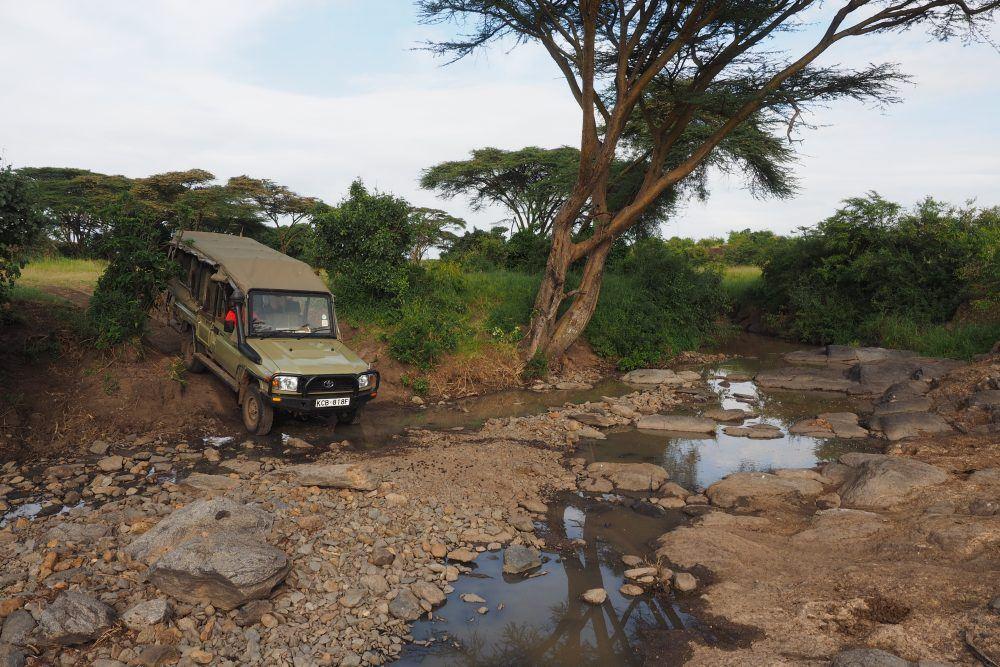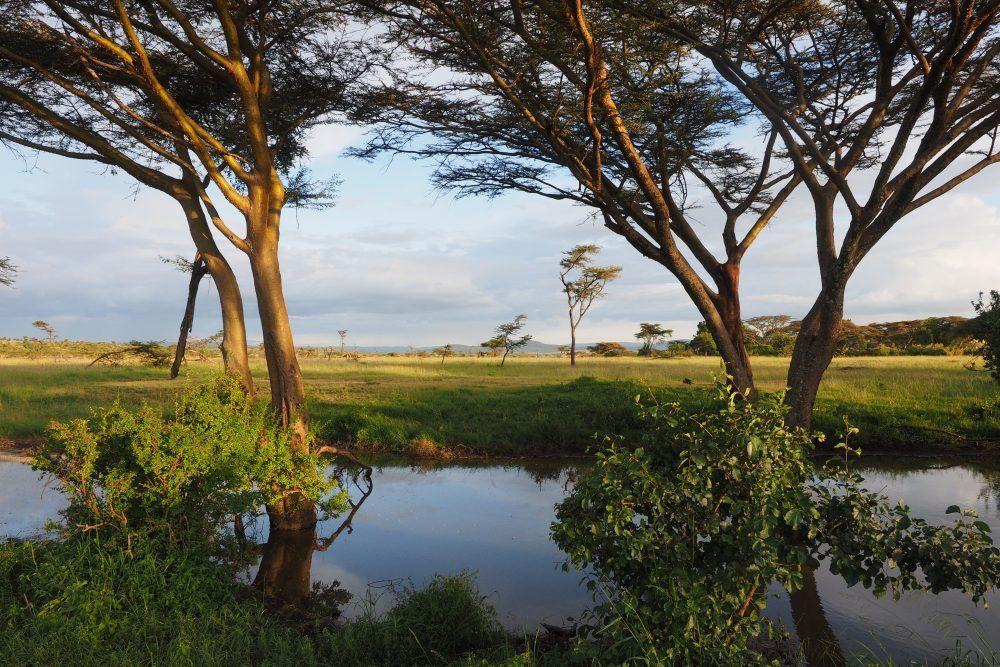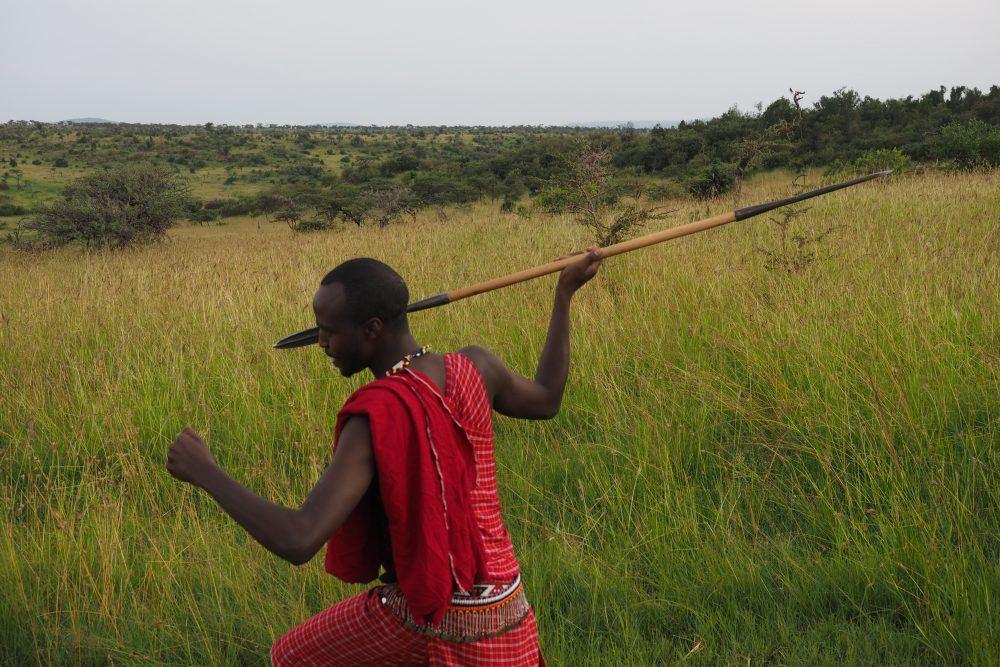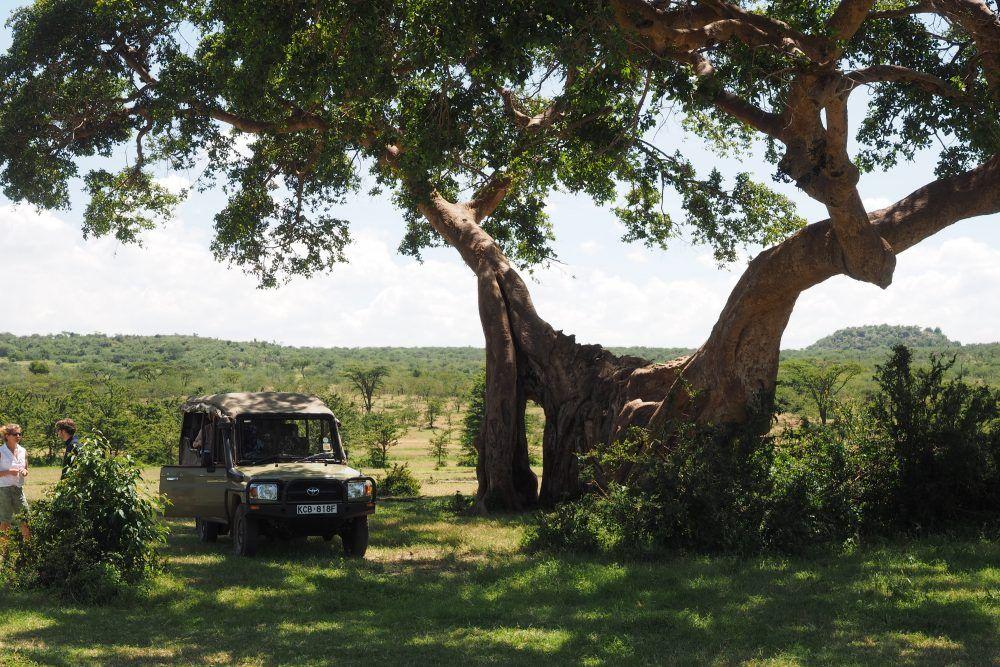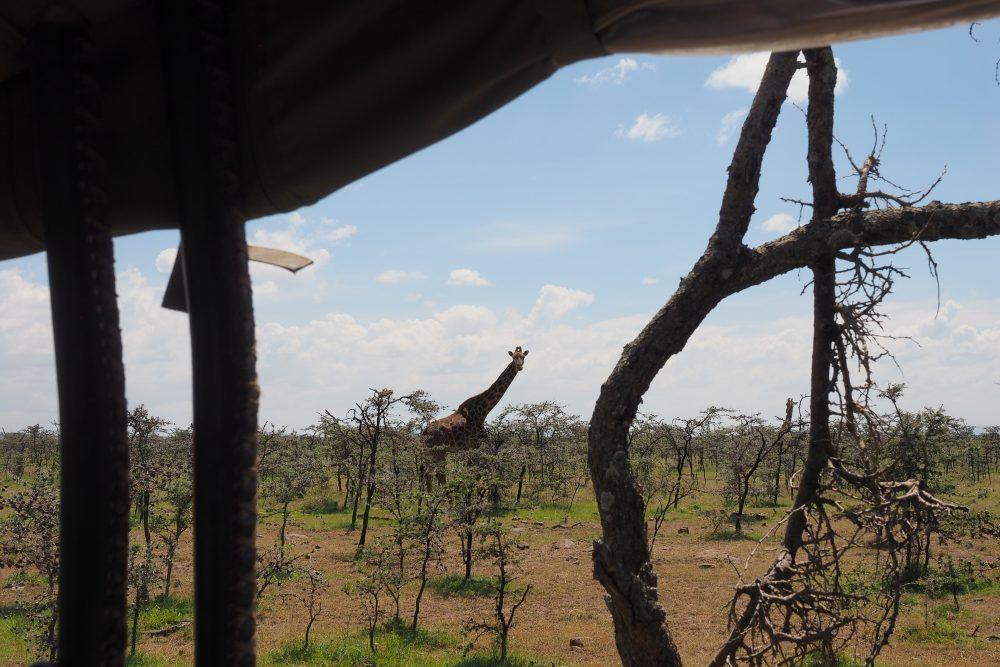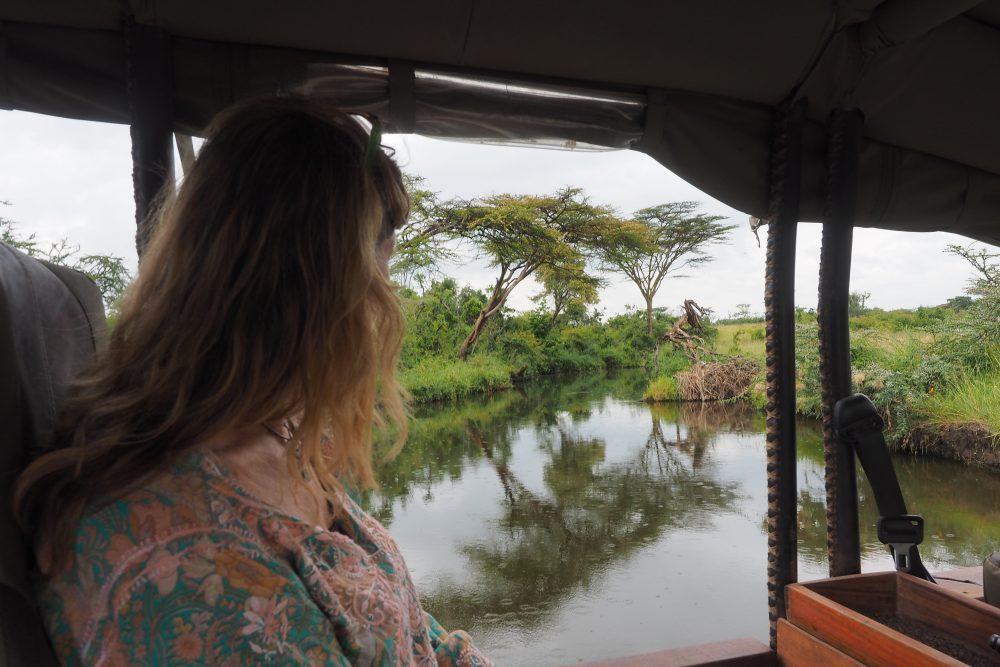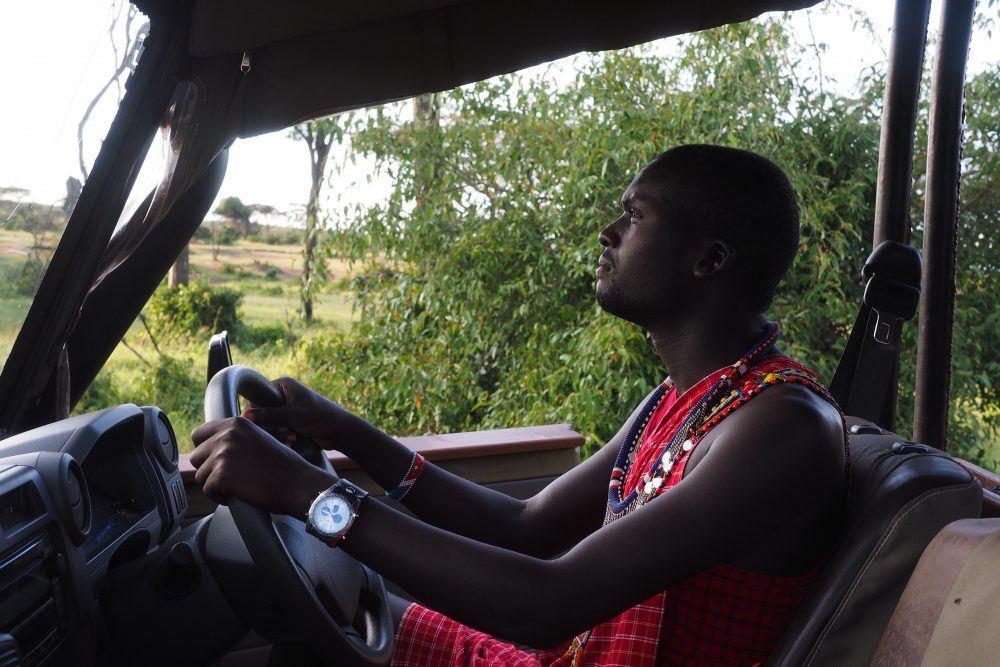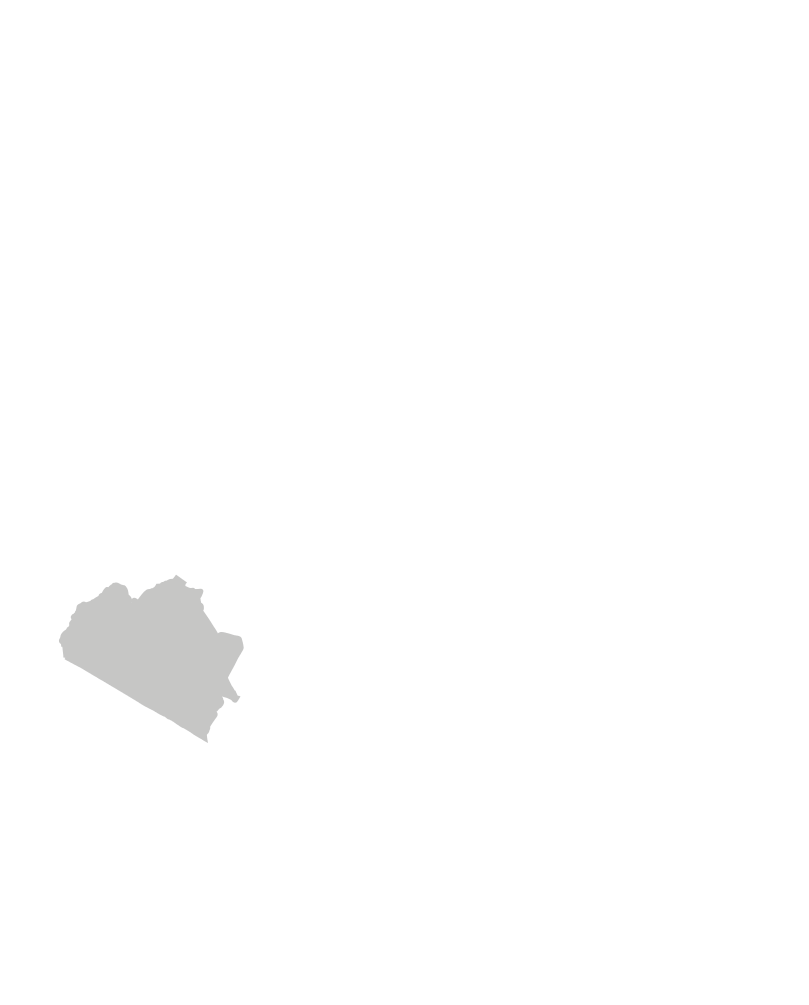
Protecting pristine wildlife in the Maasai Mara region
Naboisho is a Maasai war-cry meaning “coming together” when faced with an existential threat. In 2010, the Basecamp Explorer Group (Basecamp Explorer together with Basecamp Explorer Foundation) initiated the Mara Naboisho Conservancy, today protecting 20’000 hectares of pristine wildlife in the Maasai Mara region. Naboisho is the leading private conservancy in Kenya, based on an innovative partnership model between Maasai landowners and ecotourism operators with equitable decision rights and income participation. In 2016, Naboisho was recognized as Overall Winner of the Responsible Tourism Africa Awards, serving as a role model for other conservancies in Kenya and around the globe.
Protecting pristine wildlife in the Maasai Mara
The Mara-Serengeti ecosystem is one of the last major wildlife refuges on earth, stretching 30’000 km2 from the Ngorongoro Highlands in Tanzania to the Loita Hills of southern Kenya. It is one of Africa’s most diverse and spectacular wildlife conservation areas – and the world’s top safari big game viewing ecosystem.
Although only about 0.1 percent of Africa’s landmass, this ecosystem is estimated to be home to approximately 40 percent of the continent’s remaining larger mammals. Over the past 50 years Africa has lost over 90 percent of its numbers of key mammal species, such as rhinos and lions. Poaching incidents have caused a severe decline in the elephant population. The same area is also home to the indigenous Maasai people – a semi/seasonal nomadic tribe living off their livestock for centuries in co-existence with wildlife.
In the Kenyan part of the ecosystem, the wider “Maasai Mara” ecosystem, one third comprises the Mara National Reserve; the rest is owned by Maasai landowners. An estimated 70 percent of Kenya’s wildlife lives outside the national parks. Since 2005 the government has started to privatize the land north of the National Reserve. Securing such land for conservation thus is pivotal.
With reduced habitat for the wildlife, more frequent droughts and an increasing Maasai population, the human-wildlife conflict has escalated to a point that has been leading many local landowners to either sell their land to large agricultural companies or fence off their plots to secure grazing fields and protect their cattle.
Today, the Maasai Mara faces three main challenges
- Threats and damages to the ecosystem (wildlife and vegetation) due to fencing, overgrazing and increased farming
- Poverty of the local Maasai population in the surrounding areas as the pre-existing conservancy models fail in reaching enough local people with economic benefits in terms of land-lease payments, employment and grazing land
- Exclusion of the local Maasai from decision making regarding conservation and tourism related activities on their land
The Mara Naboisho Conservancy is based on an innovative model that comprises of a governance structure securing an equitable and sustainable partnership between Maasai landowners, tourism operators, and conservation interest. Naboisho’s model aims to protect and preserves the biodiversity conservation and the socio-cultural heritage of the Maasai Mara, whilst generating income and creating jobs for the local population using tourism as the economic driver. Naboisho enables the Maasai to continue their traditional way of life as it allows for controlled grazing within the conservancy during periods of drought. This limits overgrazing and maintains the longevity of livestock farming – a significant aspect of the Maasai culture.
- Increased income for landowners up to 3x from earned land-lease fees and additional income from employment within the conservancy: Naboisho provides a stable income to about 600 Maasai landowner households and over 300 jobs, indirectly benefiting more than 10’000 local people.
- Wildlife protection: Naboisho’s model encourages co-existence between local communities and wildlife thus reducing human wildlife conflicts. Since the formation of the conservancy in 2010, there has been a dramatic increase in wildlife, e.g. with Naboisho now believed to have one of the highest lion densities in Africa and is home to over 320 bird species.
Improved quality of life through benefits achieved through Naboisho programs that support access to clean water, access to renewable energy, education programs, and the promotion of women’s economic activities.
The Mara Naboisho Conservancy model could be replicated in other, existing conservancies or scaled to unmanaged land in the Maasai Mara ecosystem (key target of approx. 15’000 km2) and other endangered ecosystems. Expansion of the land leased by Naboisho (southern and northern corridor) would increase the number of beneficiaries to 2’000 landowner households with secure income and over 30’000 indirect local beneficiaries.
Status 2018
From January to June 2018, Naboisho Conservancy has improved its infrastructure and made it easier to access the conservancy. Several major roads have been fixed and security heightened by setting up three new barriers. One barrier lies on the western side of the Naboisho Conservancy and two additional barriers lie on the southwestern side of the Naboisho Conservancy
You can help by simply traveling to Mara Naboisho Conservancy and enjoying your safari experience with us. Naboisho model is dependent on tourism to survive. Basecamp Explorer operates three camps within the Naboisho Conservancy: Eagle View, Wilderness Camp and Leopard Hill. Together with the other tourist partners, we secure around USD 900’000 in annual lease fees paid to the Maasai landowners.
You can further support Naboisho by helping us with a donation to secure the south-western corridor (1000 hectare) which connects the conservancy with the National Reserve. To secure this critical corridor, we need to raise another USD 10’000 to pay the up-front lease fees.

